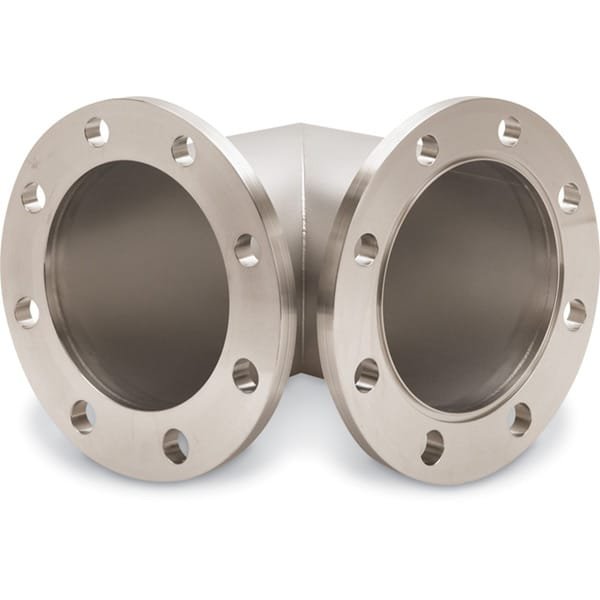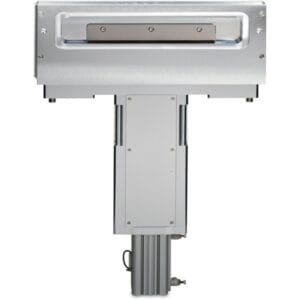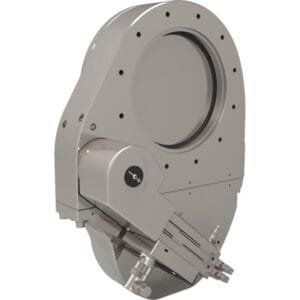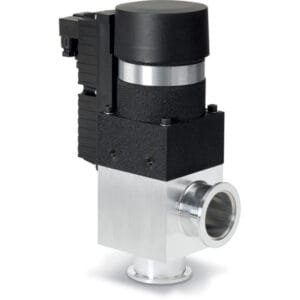ASA HV Miter 90° Elbows (Grooved & Flat Flanges): Right-Angle Routing with Reliable ASA Vacuum Sealing
ASA HV Miter 90° Elbows (Grooved & Flat Flanges) from TFM are precision-engineered components designed for high-vacuum (HV) systems requiring a 90-degree redirection of vacuum flow. Manufactured from high-grade 304L stainless steel tubing, these elbows are fabricated in a mitered configuration, which provides a compact right-angle geometry with minimal footprint and clean internal transitions.
Each elbow is equipped with rotatable ASA flanges, with a combination of grooved and flat sealing faces. This sexed flange system supports the use of standard elastomeric o-rings, offering secure, repeatable sealing when grooved and flat flanges are bolted together.
Key Features of ASA HV Miter 90° Elbows (Grooved & Flat Flanges):
304L Stainless Steel Construction
Ensures long-lasting performance, vacuum compatibility, and resistance to corrosion in chemically reactive or high-temperature environments.Mitered 90° Geometry
Offers a space-efficient right-angle turn, ideal for vacuum routing in compact chambers or confined mechanical layouts.Rotatable ASA Flanges (Grooved & Flat)
Each port features a rotatable flange, available in one grooved and one flat configuration, enabling secure o-ring sealing in line with ASA vacuum standards.Vacuum Performance
When assembled with a matching grooved-to-flat ASA flange and o-ring, these elbows provide leak-tight sealing down to 10⁻⁸ Torr, ensuring stability across demanding HV applications.Custom and Standard Sizes
Available in common ASA sizes such as 4″, 6″, 8″, 10″, and 12″, with options for custom tube lengths, wall thicknesses, or flange pairings upon request.
Applications:
Right-angle transitions in vacuum chamber plumbing
Space-constrained vacuum manifolds or pump lines
Gas inlet/exhaust redirection for HV systems
Chamber-to-pump connections with directional change
Modular infrastructure in analytical or deposition systems
TFM also provides all supporting components for full system integration, including ASA o-rings (FKM, Buna-N), bolt kits, blank flanges, and ASA-to-ISO adapters.
In summary, ASA HV Miter 90° Elbows (Grooved & Flat Flanges) offer a compact, reliable, and vacuum-tight solution for redirection in ASA-flanged systems. With robust stainless steel construction and standard sealing compatibility, they ensure flexibility and performance in a wide range of HV configurations.





Reviews
There are no reviews yet.